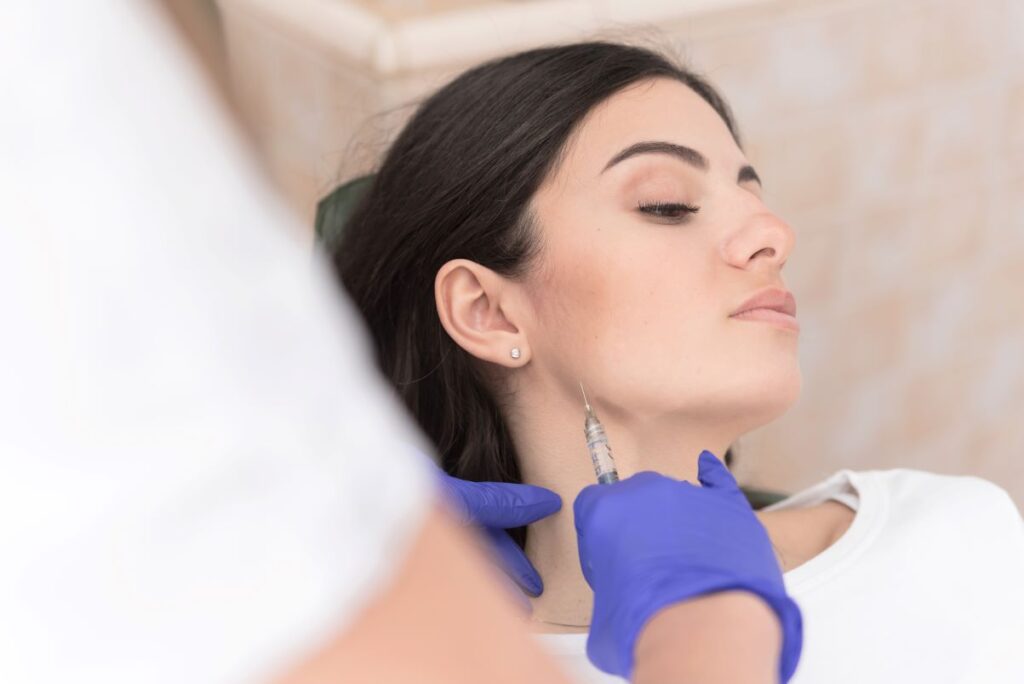
Since 2002, Botox has been changing the face of anti-aging. But what used to be a treatment reserved only for the rich and famous is now a household name thanks to its impressive results and affordable price tag. But did you know that Botox was initially used for therapeutic purposes? Originally used to treat strabismus (a condition that causes crossed eyes), Botox is now used to address not just those but myriad other ailments, including temporomandibular jaw disorder (TMD). If you suffer from TMD, here’s why you should consider getting some relief with the help of Botox.
What is TMD?
TMD is a condition where the temporomandibular mandibular joint of the jaw becomes misaligned, causing pain and stiffness. The temporomandibular joint (or TMJ) is a complex joint that is responsible for connecting the jawbone to the skull, but if isn’t aligned properly, it can cause a host of problems, including:
- Tinnitus
- Neck, shoulder, and back pain
- Migraine headaches
- Difficulty opening and closing the mouth
There are many causes that could contribute to TMD, including:
- Genetics
- Jaw injury
- Bruxism (tooth grinding)
- A “bad bite”
How Do I Treat TMD?
Thankfully, there are options available to treat this condition. Often, your dentist will prescribe one or more of the following:
- Physical therapy
- Orthodontics
- A bite guard for teeth grinding
- Botox
Treating TMD With Botox
While treating TMD with Botox is not yet considered an “on-label” use, many patients have found relief from this type of injection in recent years. It works by relaxing the muscles of the jaw, helping to stop teeth grinding, and relaxing the masseter muscles so they aren’t so overworked. In fact, with time it may even shrink your masseter muscles and create a more chiseled and defined jawline in the process.
What Happens After My Botox Injections?
Following your Botox treatment for TMD, you can expect to experience relief in about 24 to 48 hours, however it can sometimes take up to a week. The effects should last approximately six months, but it could be more or less depending on your individual anatomy.
The injection itself may cause some slight discomfort; however, you can easily treat this with an icepack to the area and/or over the counter pain medication.
There is no downtime following this treatment, but you should not rub or massage the injected area for several hours to stop the Botox from spreading to other muscles. It is also recommended that you remain upright for a while following your treatment for the same reason and avoid strenuous physical activity for the remainder of the day.
Don’t live with unnecessary jaw pain. If you’re ready to try Botox to treat your TMD, speak to your dentist today about the benefits of this dynamic treatment.
About Our Practice
At Exceptional Dentistry Pain & Sleep Solutions, we want to help you live your life pain free. We offer treatment for sleep disorders as well as TMD so you can be your best self without the stress and discomfort associated with these conditions.
If you’d like to try Botox for your TMD pain, schedule a consultation with us today by visiting our website or calling 301-460-3331.
